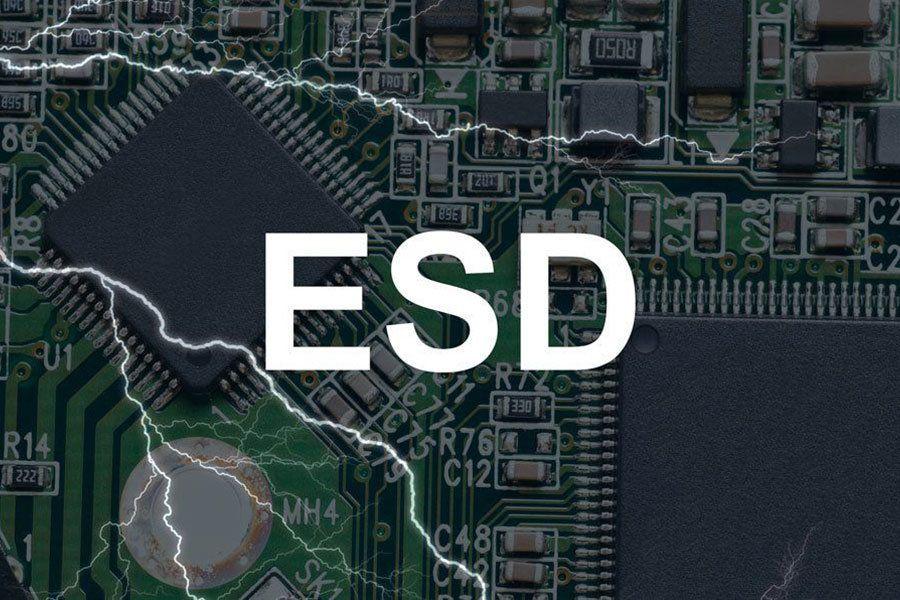
ESD Protection design of PCB
In order to ensure pcb circuits are able to withstand ESD in normal operation and improve withstand during manufacture and repair, etc. , it is necessary to follow some design guidelines.
Apart from correctly designing the circuit itself for ESD suppression, the printed circuit board PCB design and layout are also very important. The effort invested in ensuring the PCB design meets the requirements for ESD suppression will save costly debugging later and will also improve the overall reliability of the final equipment as ESD problems will manifest themselves less.
There are a few basic design guidelines for ensuring that any printed circuit board, PCB design is able to reduce problems from ESD to the minimum:
- Remove circuit loops: Loops in a line can give rise to unwanted current arising from induction. While this will degrade the performance from the general unwanted pickup, it is also important for ESD protection because unwanted current spikes (and hence voltages) can be induced into any loops. Care should be taken to ensure that no loops exist.
- Utilize ground plane layers in the printed circuit board: One way of reducing ground loops is to use a ground plane within the printed circuit board. This will enable any signals to be grounded effectively as well as reducing the possibility of ground loops.
- Reduce line lengths: Any wire will act as an antenna. With the very short rise times exhibited by ESD pulses, any antenna has the capability of receiving high voltage spikes. By reducing line lengths, the level of radiated energy that is received will be reduced, and the resulting spikes from electrostatic discharges will be lower.
- Reduce parasitic inductance around protection circuits: Many electronics circuits will incorporate ESD protection circuits. These can only be effective if the levels of parasitic inductance are low. Parasitic inductance arising from the PCB design can be reduced by keeping line lengths in this area particularly short and also increasing the track width.
- Avoid running sensitive tracks near the extremity of the PCB: As levels of pickup from static discharges are likely to be greater closer to the extremities of the board, it is wise to keep any sensitive lines away from these areas. Input and output lines will often need to reach the PCB edge at some stage, but they can be routed away from the edge as soon as possible where applicable.
Ensuring that an electronic pcb assembly is protected against the effects of ESD is essential for any item where there are external connections that can be made. By protecting a unit in this way it will also enable it to be put forward for certification and marking, e.g. CE marking, that may be needed for it to be sold on the open market. To enable a product to be resilient to ESD, the requirements must be implemented at the earliest stages of the design. Modifications required at a late stage in the design will be difficult and expensive to implement.




